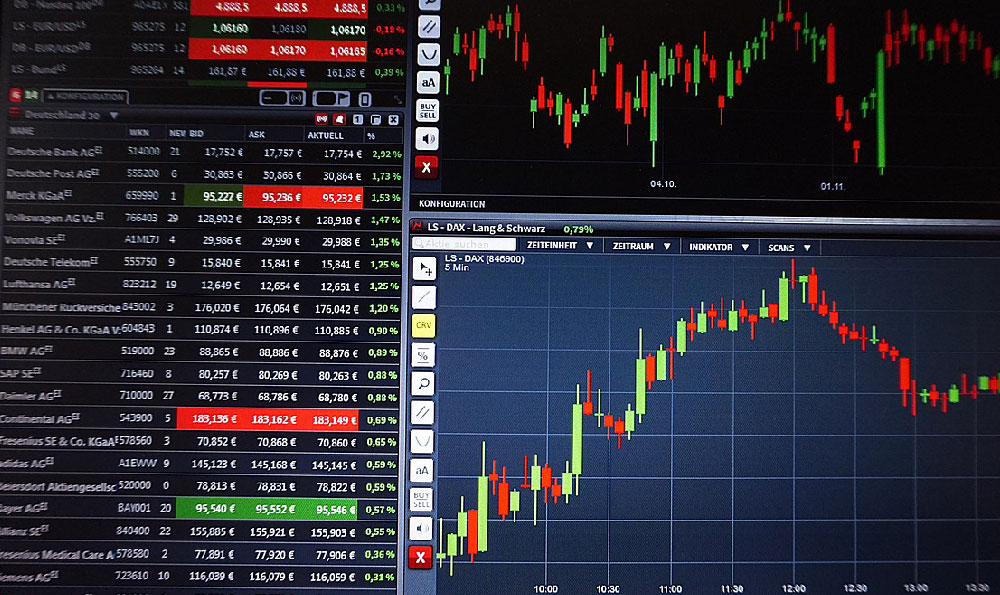The allure of standing face-to-face with nature's raw power, the thrill of the chase, and the opportunity to contribute to scientific understanding are all factors that draw individuals to the exhilarating, yet risky, profession of storm chasing. However, beneath the romanticism lies a practical question: what kind of financial compensation can one expect in return for braving tornadoes, hurricanes, and severe thunderstorms? Understanding the financial realities of storm chasing requires a nuanced perspective, considering the various roles involved and the inherent uncertainties of the profession.
The concept of a "storm chaser salary" is inherently ambiguous because it encompasses a wide range of activities and employment types. There isn't a standardized pay scale or a single employer for most individuals involved. Instead, earnings are often derived from a combination of sources, fluctuating greatly based on factors like experience, equipment, demand, and the severity of the storm season. A key distinction lies between professional storm chasers and amateur enthusiasts. Amateurs often chase storms as a hobby, absorbing the costs themselves and sometimes even contributing to citizen science initiatives. Their "earnings" are primarily non-monetary: the adrenaline rush, captivating footage, and the satisfaction of contributing to weather awareness.
Professionals, on the other hand, seek financial compensation for their work. These individuals can be broadly categorized into several groups, each with distinct earning potential.

-
Media Personnel (Photographers, Videographers, Reporters): These individuals are often employed by news agencies, television stations, or freelance outlets. Their primary goal is to capture dramatic footage and provide on-the-ground reports during severe weather events. Their earnings are highly variable. A staff meteorologist at a local news station, who may occasionally chase storms, will earn a salary comparable to other meteorologists, typically ranging from \$50,000 to \$120,000 annually, depending on experience and location. Freelance photographers and videographers operate on a project-by-project basis, with earnings tied to the quality and demand for their footage. Capturing a truly exceptional tornado video can fetch thousands of dollars from news networks, while less dramatic footage may only yield a few hundred. The freelance market is competitive, and income can be unpredictable. Success depends heavily on networking, marketing, and the ability to deliver high-quality content consistently.
-
Researchers and Scientists: Scientists and researchers involved in atmospheric studies often engage in storm chasing as part of their data collection efforts. These individuals are typically employed by universities, government agencies like the National Oceanic and Atmospheric Administration (NOAA), or research institutions. Their storm chasing activities are integrated into larger research projects aimed at improving weather forecasting, understanding tornado formation, and enhancing public safety. While they aren't solely storm chasers, their research often involves fieldwork during severe weather events. Their salaries are commensurate with their academic qualifications and research roles, often falling within the \$60,000 to \$150,000 range, or potentially even higher for senior researchers and principal investigators. The funding for these positions is often grant-dependent, which can impact job security and research budgets.
-
Storm Spotters and Emergency Management Personnel: Trained storm spotters, often volunteers working with local emergency management agencies, play a crucial role in providing real-time ground truth observations during severe weather. They relay information about tornado sightings, hail size, and wind damage to the National Weather Service (NWS), helping forecasters issue timely warnings. While most storm spotters are volunteers, some emergency management personnel are paid employees of local, state, or federal agencies. Their salaries depend on their specific roles and levels of responsibility, ranging from entry-level positions earning around \$40,000 to higher-level management positions with salaries exceeding \$80,000.
-
Tour Operators: A niche market exists for storm chasing tours, where individuals pay for the experience of witnessing severe weather firsthand under the guidance of experienced guides. These tour operators often charge several thousand dollars per person for week-long or multi-day expeditions through Tornado Alley. While this can be a lucrative business, it also involves significant overhead costs, including transportation, lodging, insurance, and equipment maintenance. Furthermore, the success of a tour depends heavily on the weather patterns. A season with few tornadoes can significantly impact profitability. Tour operators need to be skilled marketers, experienced drivers, knowledgeable about meteorology, and adept at ensuring the safety of their clients. Their annual earnings can vary widely, from a modest income for smaller operations to substantial profits for established companies. This income is not just salary, but encompasses profit from the business.
It's important to note that the costs associated with storm chasing can be considerable. High-quality vehicles equipped with GPS navigation, communication equipment, and safety features are essential. Fuel costs can be substantial, especially when chasing storms across long distances. Insurance, equipment maintenance, and data costs all contribute to the overall expense. These expenses can significantly reduce the net income earned by storm chasers, particularly those working on a freelance basis.
Ultimately, determining an "average storm chaser salary" is a misleading endeavor. The financial rewards of storm chasing are highly variable and dependent on a multitude of factors. The majority of individuals involved are not earning a substantial income solely from chasing storms. Many supplement their income with other jobs or pursue storm chasing as a passion project. For those seeking financial stability and guaranteed income, storm chasing is unlikely to be a viable career path. However, for those driven by a passion for meteorology, a desire to contribute to scientific understanding, and a willingness to embrace risk and uncertainty, the pursuit of storms can be a rewarding, albeit financially unpredictable, endeavor. Success in this field often hinges on a combination of skill, dedication, perseverance, and a bit of luck. Building a strong reputation, developing a network of contacts, and possessing the technical expertise to capture high-quality data and imagery are all crucial for maximizing earning potential in the competitive world of storm chasing.












